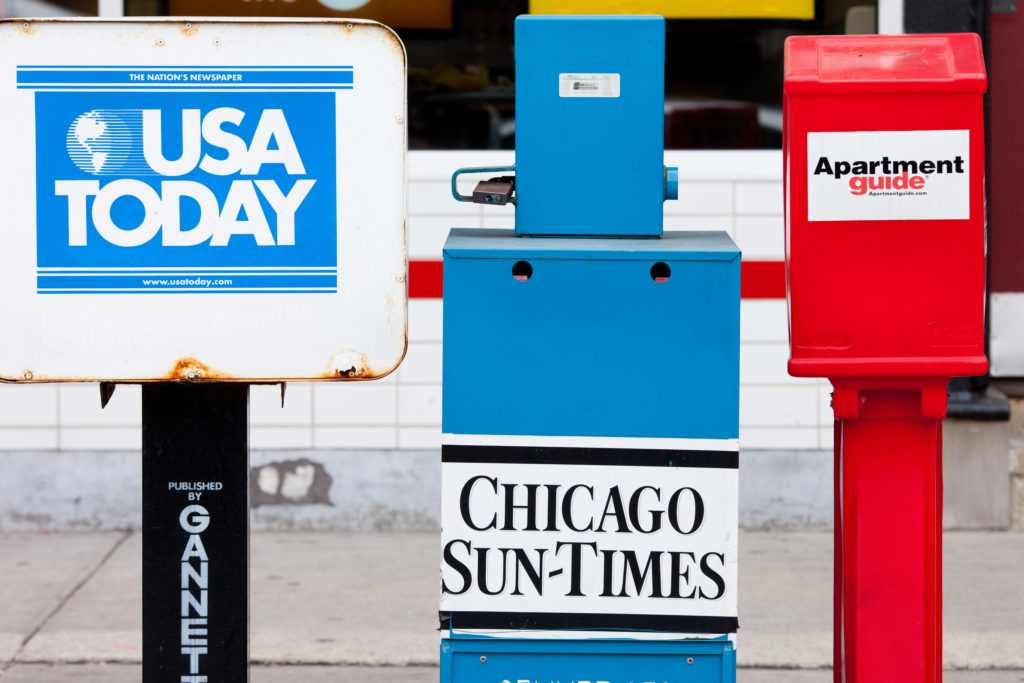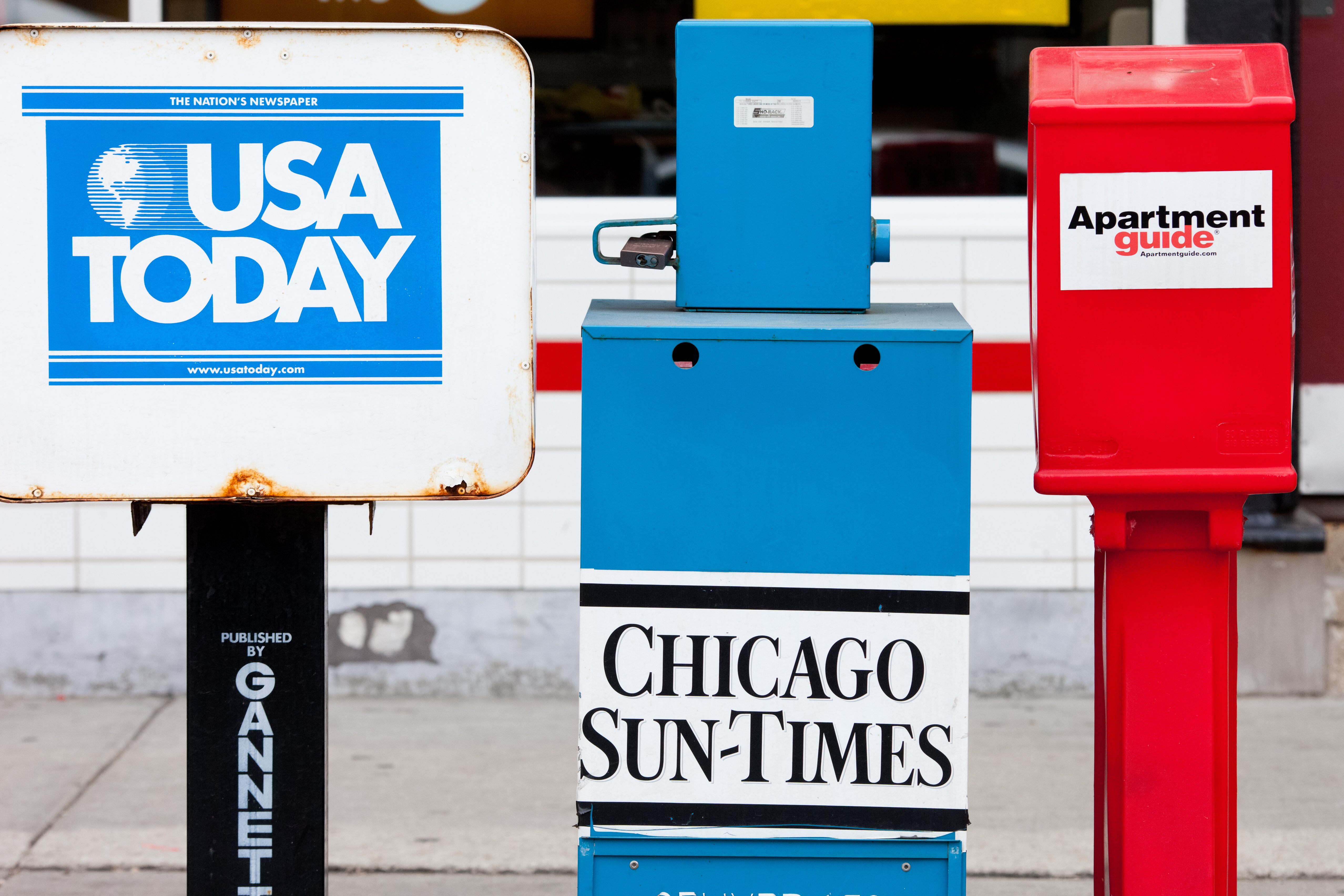In 2015, Jason Velásquez, a farmer, tax assessor and one-time marketing director for a Shakespeare theater company, started an online news site because he believed–and still does–in the importance of local news. When he founded The Greylock Glass in January of that year, the two main papers in the Berkshires in western Massachusetts had just folded, including one established in 1843. They were “painful deaths,” he noted.
But during a recent fundraiser to try to keep his arts news venture running during the pandemic, Velásquez was shaken by how little people were willing to pay to support local news.
“I’m bitter and wounded by a betrayal my readers don’t know they’ve committed,” Velásquez told me.
Even in the midst of the “fake news” cries that have permeated every corner of journalism, readers have come out in force in the coronavirus pandemic because they are hungry for information from sources they can trust. People are reading the articles at The Greylock Glass and listening to the podcasts, Velásquez said. Page views are up. By all accounts, except the one that keeps him in business, he is making it.
While many of the largest newspapers in the country have offered their coronavirus coverage for free, some of the smallest publications, with tighter margins, have not been able to do that.

The Seattle Times and Tampa Bay Times both lifted their paywalls for the pandemic. Both also have reported that digital subscriptions are up, although it’s too early to tell whether these subscribers will stay past the immediate threat of the pandemic.
It’s a gamble either way.
Either, we’re going to entice people to pay for our product because they (finally!) realize that unfiltered information from the Internet may not be good for them or we will continue to bolster this notion that all online news content should be free.
I know how we got here. I was in The Washington Post newsroom in 1996 when we launched our digital website (with a separate newsroom across the river) and were begging for readers to read our content on the web.
But I also know how we stayed here. A generation of digital natives, our future, grew up with access to free news. They sit in my journalism classes and balk at paying for newspaper subscriptions that will ultimately fund their future employment. I don’t blame Velásquez for being bitter. It makes me bitter, too, when my journalism students won’t buy a monthly subscription that is the cost equivalent of one fancy coffee drink. Or one of them helpfully offers to show a classmate how to get around a paywall. If my journalism students don’t want to pay for news, we’re definitely losing the battle for paid content.
“I’m forced into a position where I have to explain that I’ve spent five years building the perfect beast, just so that people would take it seriously,” Velásquez said. “But now people just assume that since I’ve been giving it away for free, that I always will — and can.”
I recently wrote a story for The Washington Post about delays in international adoption, including my own. My mother eagerly shared the story on social media and then asked me why she could no longer access it. (She had used up her freebies to click on the link a few times). Several friends of mine lamented that they couldn’t read it either because they didn’t have a subscription. I really am not sure what I’m supposed to say to that. My family owns a meat-packing plant in central Illinois where I grew up. When I want to buy hot dogs, I have to pay for them because it costs the company to make them. But the news that results from my reporting and writing and careful fact-checking isn’t considered a tangible good. It’s not even a hot dog.
It took Velásquez five years for people to realize that he had a product that was worth taking seriously, he said. He built a slick website and offered alternative coverage of the arts, something the more established online news site in the county of 137,000 is not able to regularly do with a small staff. (A recent story on The Greylock Glass featured what LGBTQ-friendly tour operators were doing to entice travelers after the pandemic).
He has a couple dozen paying “members,” most who are paying either $1 or $5 per month, which almost covers his web hosting fees. “I know who’s reading our stuff,” he said. “They’re affluent and educated. They’re established, mostly over 45. They’re the people who go out for a latte four days a week and tip the barista a dollar whether he gets their order right or not. And yet, I can grovel in my newsletter for people to spend 3.5 cents a day to support our work, and all I hear back is crickets.”
He is working on building two music podcasts, hoping to attract big brand advertisers. He also recently launched an online multi-vendor marketplace for local artists and artisans whose incomes have been hit by all of the cancelled fairs and festivals. And he’s launching a Northeast-centered lifestyle and travel online magazine later this summer. “There will be zero hard news,” he said. “Just fun destinations and activities and events to pull in gazillions of hits from the disposable income set so that I can monetize the hell out of consumerism and take the money and pay for important local journalism.”
But probably the most frustrating thing in all of this is the refusal of the local business community to support him, he said. “All the colleges, all the museums, all the theatre companies send me weekly blizzards of press releases,” he said. “And I have reported on them all. For five nearly thankless years. Over and over. When I’ve tried to explain to their marketing directors that in order to keep writing articles about all the important work they do, the Greylock Glass needs money to survive, one marketing person looked me dead in the eye and asked, ‘Oh, so it’s pay for play now? Is that what you’re telling me?’ And I think she completely believed that her theatre company was doing us a favor by sending us press releases and giving us ‘content opportunities.’”
Local businesses who protest people buying online instead of in stores tell him they can reach more customers on social media.
“If the subscribers think the advertisers should pay, and the local businesses think I should find investors–good luck–and the arts organizations think anybody except them should be paying, who does that leave?”
This story first appeared in Publisher’s Auxiliary, the only national publication serving America’s community newspapers. It is published by the National Newspaper Association. GJR is partnering with Pub Aux to re-print Jackie Spinner’s monthly “Local Matters” column on our website. Spinner is the editor of Gateway Journalism Review. Follow her on Twitter @jackiespinner.

